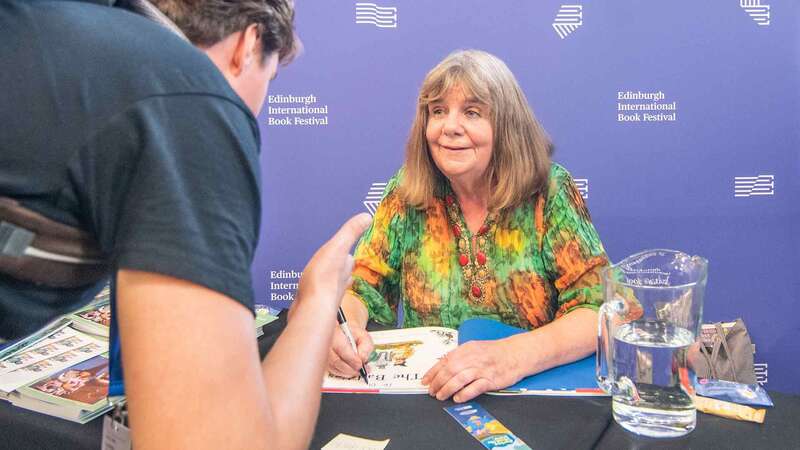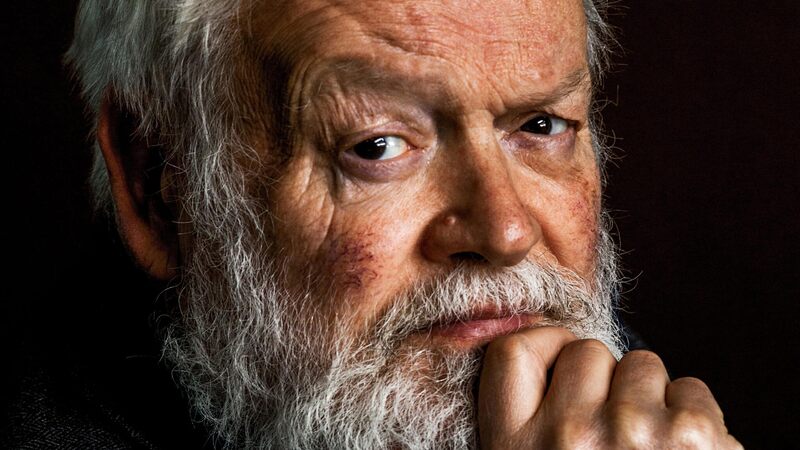You are viewing your 1 free article this month. Login to read more articles.
Stephen Baxter's Top Five Interplanetary Novels
HG Wells’ The First Men in the Moon (1901) might seem an odd pick in this category, but Wells’ lunar voyagers undergo a journey as memorable and remarkable as any interplanetary travellers, and his moon is a fictional "planet" as wonderful and as well realised as any that came later. That’s partly because Wells’ insectile Selenites are so familiar, yet so uncomfortable. The Selenites live, not in a society like ours, but in a hive, and they are specialised for the purpose: "The Moon is, indeed, a sort of vast ant-hill, only, instead of there being only four or five sorts of ant, there are many hundred different sorts of Selenite." But the Selenites do not grow with their specialisms in place, as the ants do; they are engineered - like cyborgs. As with all Wells’ early novels the book is a dark mirror of aspects of our own society, in this case industrialisation: "[To engineer the infants] is really in the end a far more humane proceeding than our earthly method of leaving children to grow into human beings and then making machines of them."
Mars, of course, has probably always been the favourite destination of interplanetary travellers. Arthur C Clarke’s The Sands of Mars (1951) was one of the first novels to explore a reasonably scientifically accurate Mars – no canals, no egg-laying princesses as in Edgar Rice Burroughs’ John Carter books – although Clarke was still too optimistic. After a journey in a huge atomic spacecraft called Ares, the heroes walk around on Mars with nothing but a breathing mask ("Make sure the sponge rubber fits snugly around your neck!"). They find primitive, constrained life, and the plot shows Martian colonists breaking away from Mother Earth.
I suspect we were all disappointed with the true Mars revealed by the spaceprobes, the Mariners and Vikings; it was far, far harsher than anything Clarke had depicted. It took Kim Stanley Robinson’s superb Mars trilogy, Red Mars (1992), Green Mars (1993) and Blue Mars (1996), to make us fall in love with Mars all over again. Although the set-piece scenes of terraforming in the later books are grandly depicted, the evocation of the landscapes of native Mars in the first book is perhaps the finest aspect of this sequence, and the series is full of a sense of loss about the inevitable destruction of old Mars in favour of the new.
Robinson also gave us one of the most remarkable fictional interplanetary journeys, in Galileo’s Dream (2009), achieved by a time-travelling Galileo Galilei himself. The first man to see Jupiter’s moons is taken to year 3020, an age in which complex life has been found in the oceans of the moons, and indeed in the clouds of Jupiter itself. This is a kind of prose-poem in which Galileo is literally projected through a kind of telescope to reach out to the worlds he discovered.
And there are of course planets aplenty to be visited beyond our solar system, perhaps much stranger than any we knew before. Jack Vance’s Big Planet (1952) is a huge world with ten times Earth’s surface area, a world that is "free – open – limitless ... [where] a man can find any kind of life he wants, although he may be killed almost any minute". Vance could never have known that today we would be discovering real "big planets", "super-Earths" of which our Galaxy seems to be full – but he was there in a fictional dream seventy years ago.












